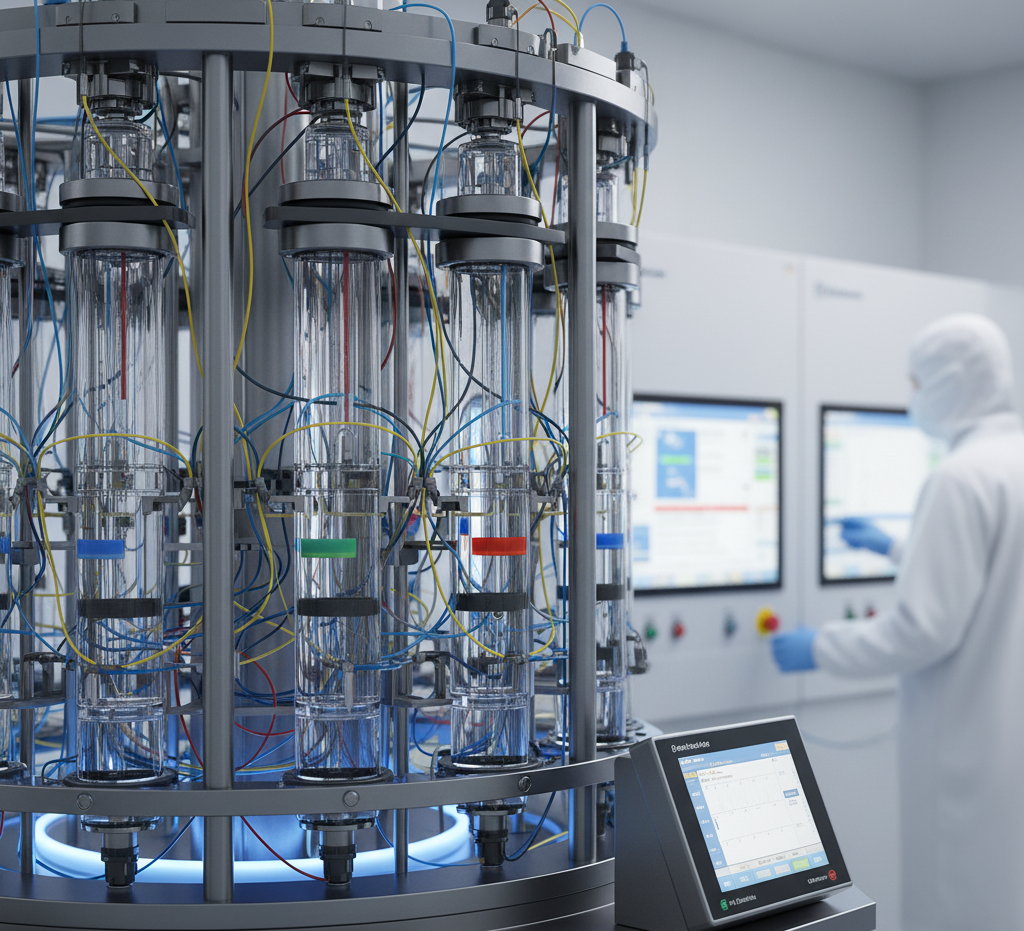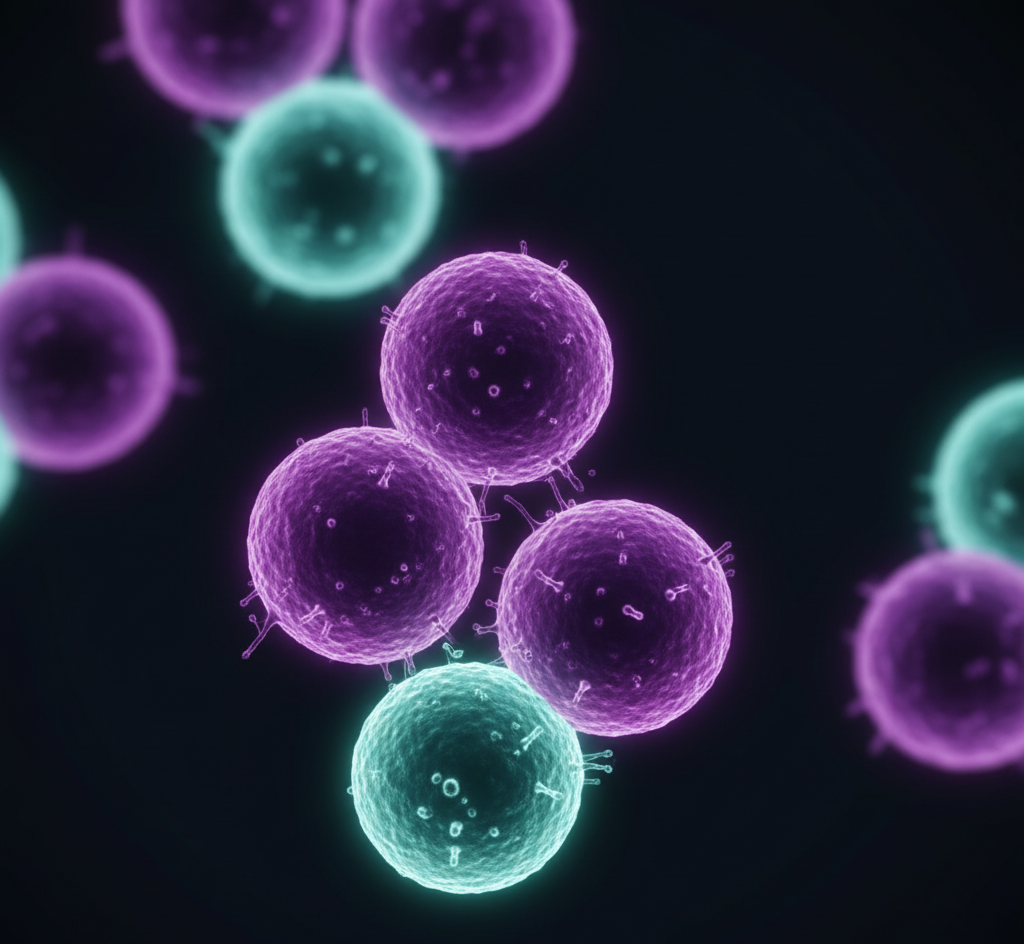October 2025
A Practical Guide: De-Bottlenecking Downstream Processing for High-Titre Harvests
#downstream #hightitre #harvest #purification #BPIEurope
Achieving high titres in your upstream process is a significant victory, but it often creates a new, formidable challenge: a downstream processing bottleneck. When bioreactors produce more product than the purification suite can handle, the entire manufacturing timeline is put at risk. How can organisations reap the rewards of their upstream success without overwhelming their downstream capacity?
The solution lies in a multi-faceted strategy that addresses capacity, speed, and resource management. Here are key strategies for de-bottlenecking your downstream process:
Intensify with Advanced Chromatography:
Traditional batch chromatography is often the primary bottleneck. Implementing technologies like multi-column and simulated moving bed chromatography allows for a continuous flow of product, dramatically increasing throughput without a proportional increase in footprint.
Automate Resource-Intensive Steps:
Buffer preparation is a critical but often manual and time-consuming process. Automating buffer preparation in biopharma not only speeds up operations but also reduces the risk of human error, ensuring consistency and freeing up skilled personnel for more value-added tasks.
Embrace Continuous Bioprocessing:
Rather than viewing downstream as a series of discrete steps, a holistic continuous bioprocessing approach can match purification capacity directly to bioreactor output. This strategy minimises the need for large intermediate holding tanks and smooths the entire production flow.
Address Novel Modality Challenges:
For extracellular vesicles and exosomes, standard purification platforms may not be suitable. Developing dedicated purification strategies for these complex products is essential to avoid bottlenecks specific to advanced therapies.
By adopting these modern downstream strategies, you can ensure your purification process is a powerful enabler, not a limitation.
Explore these topics in-depth with industry pioneers at BioProcess International Europe 2026.




